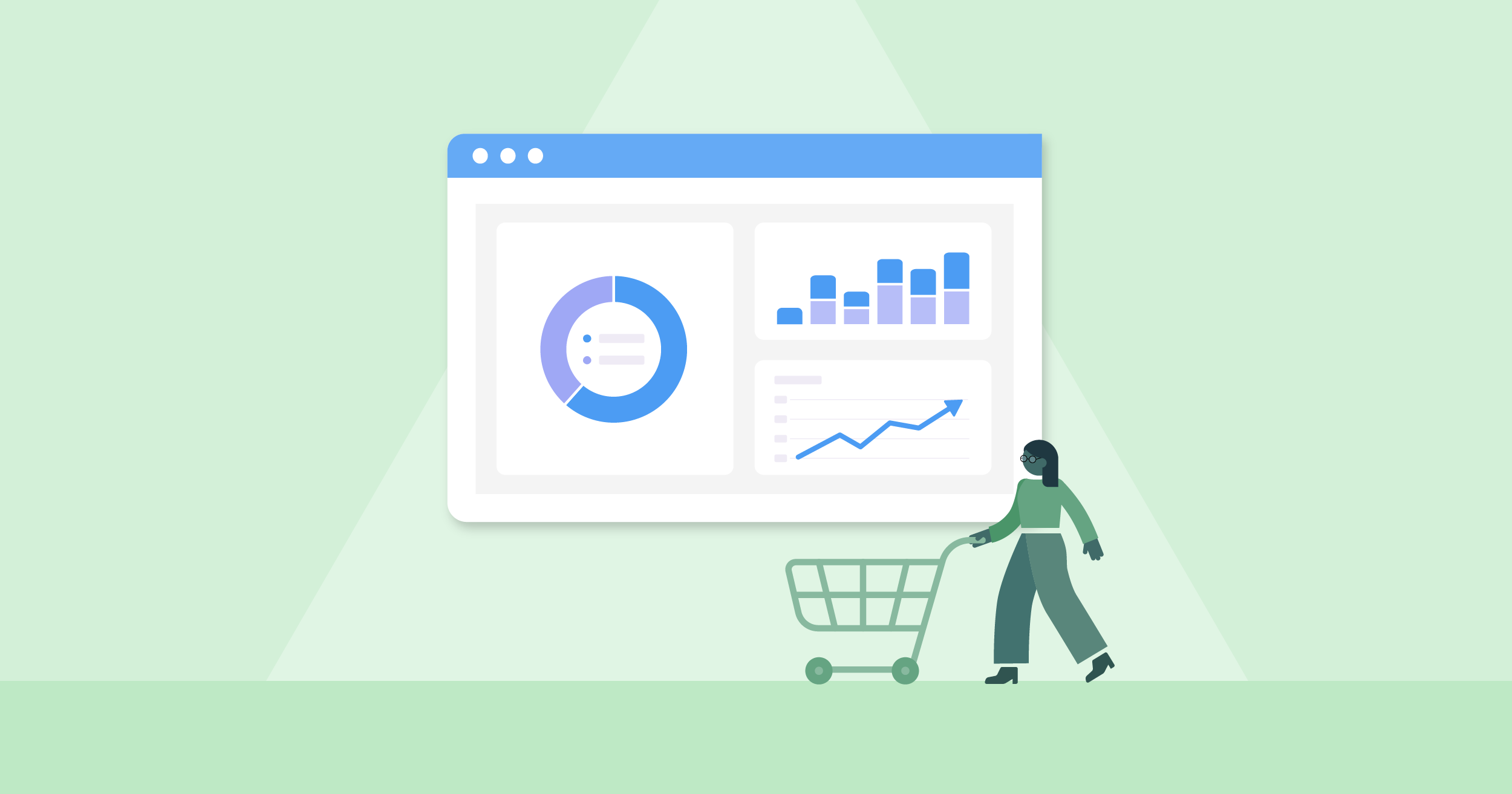In today’s fast-paced digital landscape, businesses are bombarded with media from every direction. With so much content flooding the market, how can companies know what’s working and what’s not? The answer lies in media measurement platforms. These tools are designed to analyze the effectiveness of media campaigns, offering insights that are vital for any business looking to thrive in a competitive environment.
The Importance of Media Measurement Platforms

Why do media measurement tools matter so much? Well, they allow businesses to understand how their media content performs. This insight helps shape future strategies. For instance, knowing which platforms bring in the most engagement or sales enables businesses to allocate their resources effectively. Think of it like having a map while navigating unknown territory — without it, you’re just guessing your way through.
Key Features of Media Measurement Tools
Most media measurement tools come packed with features designed to help businesses make sense of complex data. Here are two key elements:
- Data Collection and Analysis: These tools gather data from various sources, including social media, traditional media, and even blogs. The data is then analyzed to provide insights into reach, engagement, and overall performance.
- Real-time Monitoring: In a world where news spreads like wildfire, being able to monitor media in real-time is crucial. This feature allows businesses to adjust their strategies instantly based on current data, ensuring they remain relevant and impactful.
Types of Media Measurement Platforms
There are various types of media measurement platforms, each tailored to different media types:
- Social Media Measurement Tools: These tools track social media activity, helping businesses gauge engagement, track hashtags, and measure the sentiment of their audience. Popular examples include AIM Insights and Sprout Social.
- Traditional Media Measurement Tools: Although digital is on the rise, traditional media like TV, radio, and print still play a significant role. Tools like Nielsen are used to measure the performance of traditional media outlets.
How to Choose the Right Media Measurement Tool
Selecting the right tool can be tricky, especially with so many options available. Here’s how to make the process easier:
- Consider Business Goals: First and foremost, what do you want to achieve? Whether it’s increasing brand awareness or driving sales, your goals should guide your choice.
- Evaluate Ease of Use: No one wants to spend hours trying to figure out how to use a new tool. Make sure the interface is intuitive and user-friendly.
Top Media Measurement Tools in 2024
Let’s take a look at two of the top media measurement tools dominating the market in 2024:
- AIM Insights: This tool offers real-time social listening, sentiment analysis, and competitor benchmarking. Its AI-driven insights make it a favorite for digital marketers.
- Brandwatch: With a focus on traditional media, this tool allows businesses to monitor TV and radio ads. Its detailed reports give businesses a clearer understanding of how their content performs across various media channels.
The Role of Media Measurement in Brand Awareness
Building brand awareness is essential, but how do you measure it? Media measurement tools track brand mentions across platforms, helping businesses understand how often they are being talked about. These tools also measure audience sentiment, giving companies a deeper look into how their brand is perceived by the public.
Challenges
Of course, media measurement isn’t without its challenges. Some of the biggest hurdles include:
- Data Overload: With so much data available, it can be overwhelming to sift through it all and find what’s truly valuable.
- Difficulty in Measuring ROI: While it’s easy to track engagement and reach, determining the direct return on investment (ROI) from media efforts can be tricky.
Benefits of Using Media Measurement Platforms
Despite the challenges, the benefits of using media measurement platforms far outweigh the drawbacks. Here’s why:
- Improved Decision-Making: With real-time insights, businesses can make informed decisions about where to focus their efforts.
- Enhanced Customer Engagement: By tracking media performance, businesses can tweak their messaging to better resonate with their target audience, leading to increased engagement.
Integrating Media Measurement Platforms with Other Platforms
For the best results, media measurement platforms should be integrated with other platforms:
- Connecting with CRM Tools: Syncing your media measurement tool with a customer relationship management (CRM) system can help businesses track leads generated from media efforts.
- Syncing with Social Media Platforms: Direct integration with social media platforms allows businesses to post, track, and analyze their campaigns all in one place.
How Media Measurement Platforms Help in Crisis Management
In times of crisis, businesses need to act fast. Media measurement platforms can:
- Identify Potential Crises Early: By monitoring conversations in real-time, businesses can spot potential issues before they spiral out of control.
- Manage Public Perception: These tools allow businesses to track how the public perceives their response to a crisis, helping them adjust their strategy accordingly.
Future Trends
Looking ahead, the future of media measurement tools will likely involve more AI and automation, making it easier for businesses to gather and analyze data without manual intervention. Additionally, predictive analytics will help companies anticipate trends and stay ahead of the curve.
How Media Measurement Tools Impact Advertising
Advertising is all about results, and media measurement tools play a big role in optimizing ad performance. These tools allow businesses to:
- Optimize Ad Campaigns: By tracking how ads perform across different platforms, businesses can adjust their campaigns to improve results.
- Track Ad Performance: Media measurement tools provide detailed insights into which ads are performing well and which ones need improvement.
Case Studies
- Example 1: A major retail brand used media measurement tools to track its TV and social media campaigns, resulting in a 20% increase in sales over six months.
- Example 2: A small business leveraged media measurement tools to fine-tune its social media strategy, leading to a 50% boost in engagement.
Conclusion
In the ever-evolving world of media, media measurement platforms are essential for staying ahead of the competition. By tracking performance, optimizing strategies, and providing valuable insights, these tools help businesses make smarter decisions and maximize their impact. If you’re ready to take your media strategy to the next level, consider exploring the advanced media measurement solutions offered by AIM Technologies. Request a demo today to see how our tools can transform your media performance and drive better results for your business.




